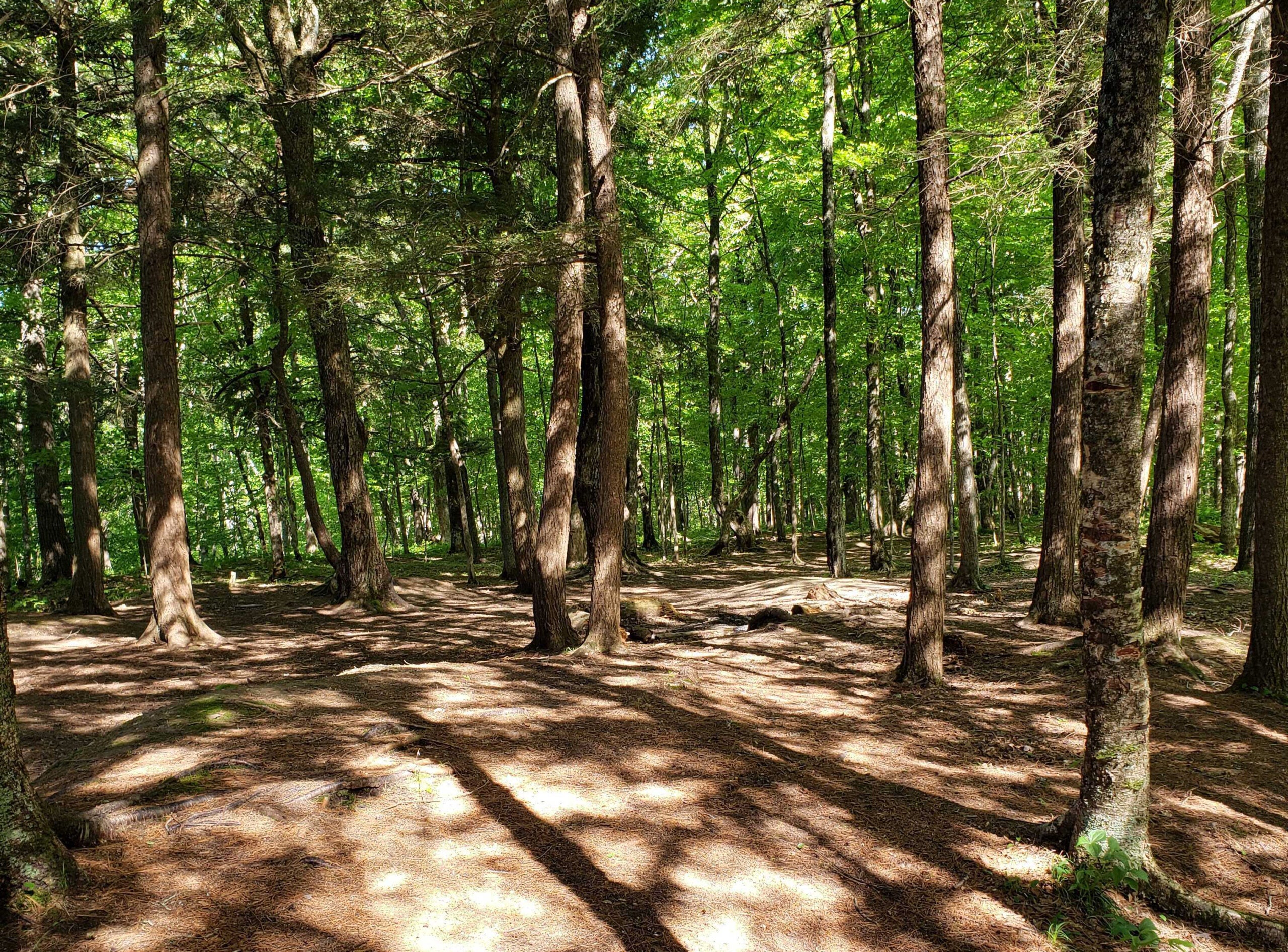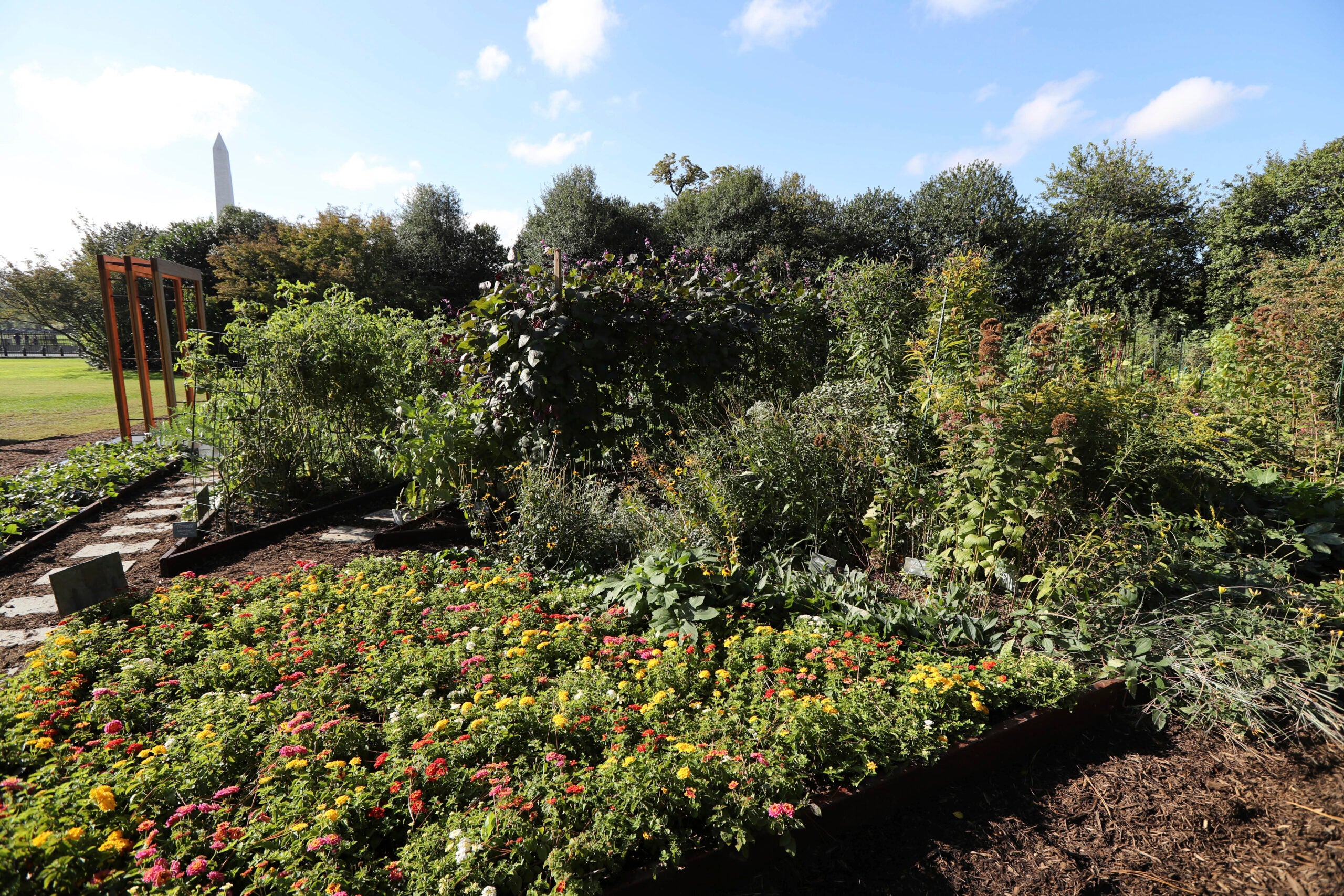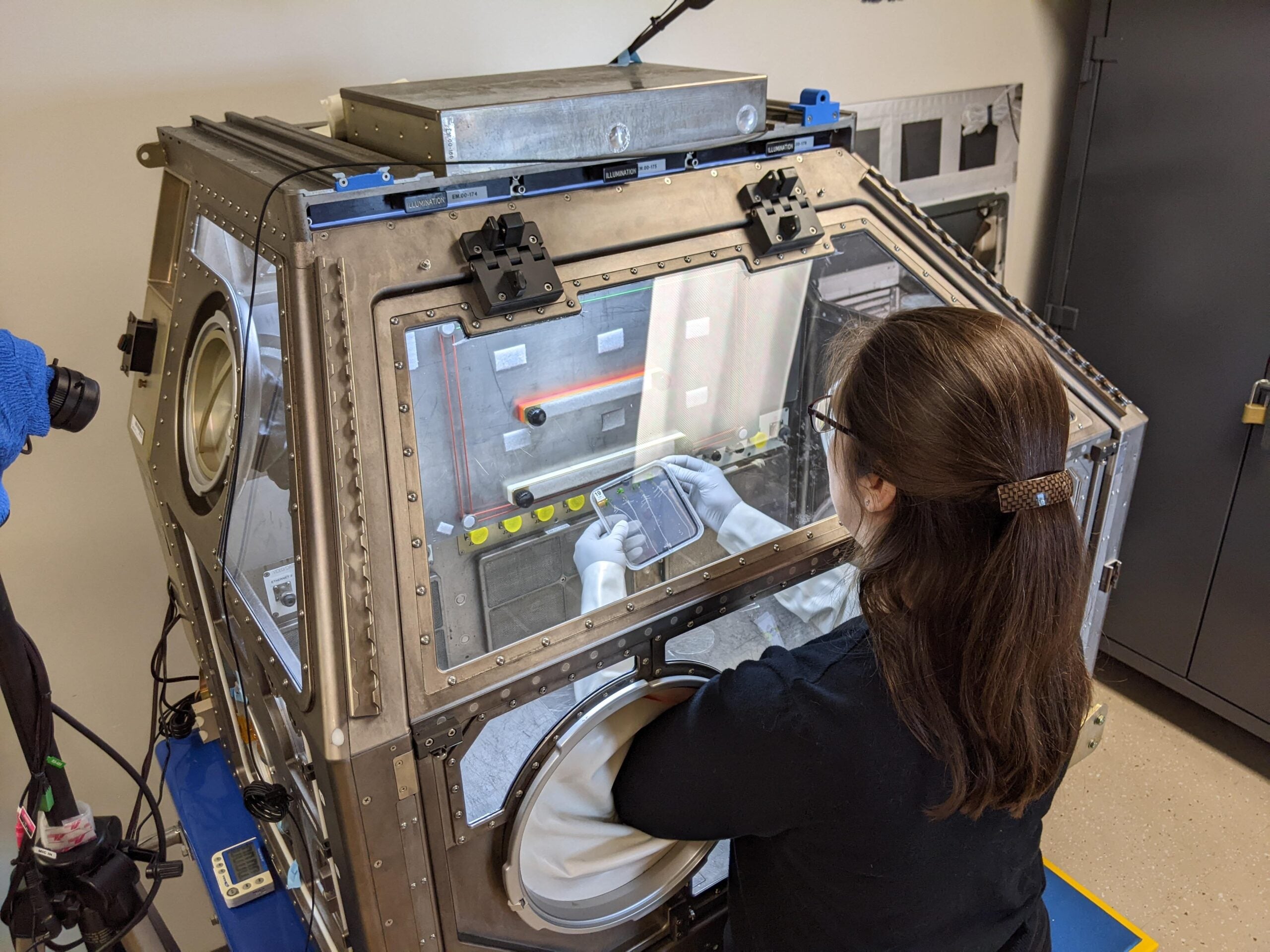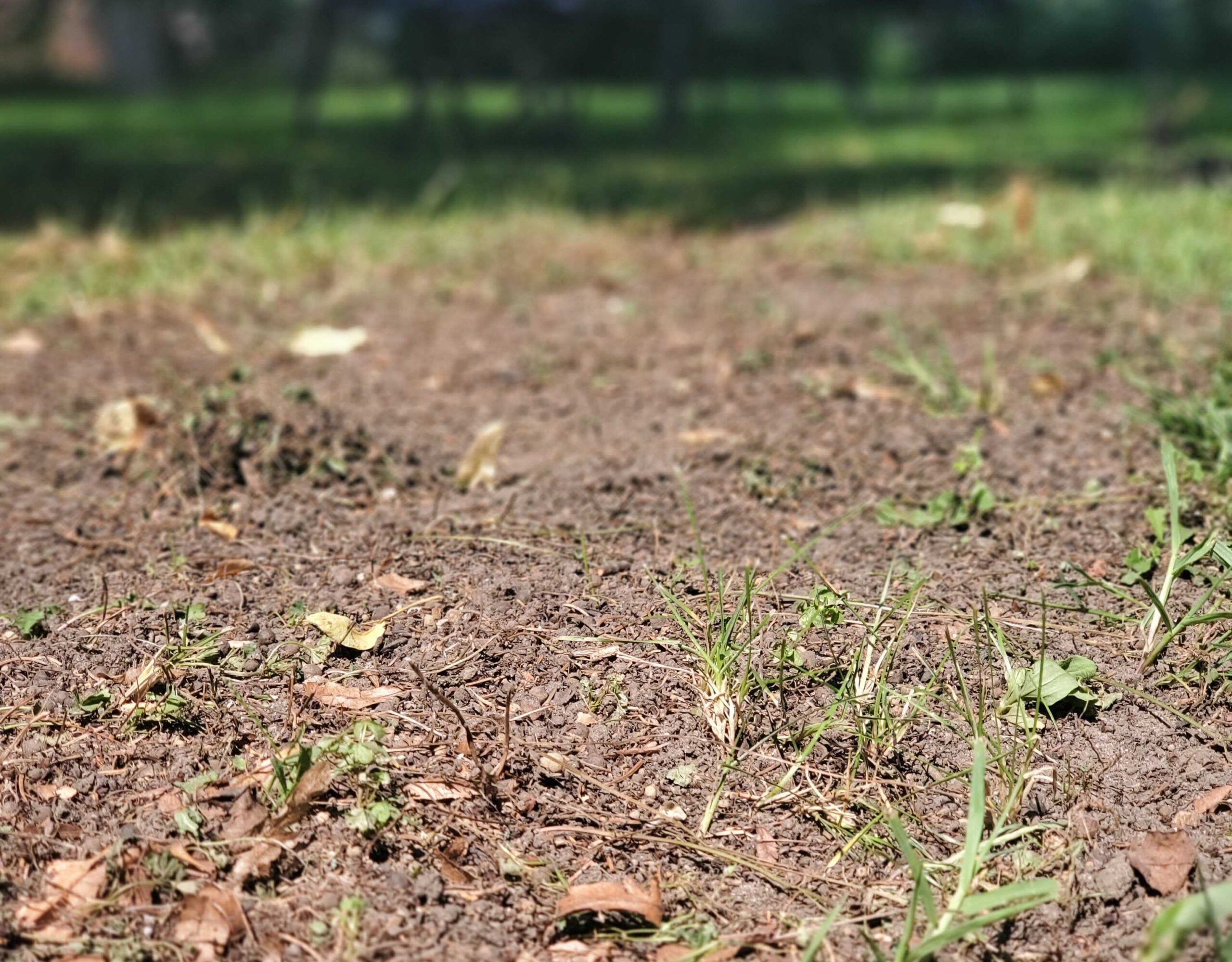Wisconsin has undertaken an ambitious goal to plant and conserve 75 million trees by 2030, an effort touted Friday by the Wisconsin Department of Natural Resources as a boon to the state’s economy and natural resources in recognition of Arbor Day.
The goal is part of the global Trillion Trees effort that calls on governments, companies, nonprofits and individuals to pledge to plant and protect trees. Gov. Tony Evers issued an executive order April 22 joining the effort.
Jeremiah Auer, a forest regeneration specialist for the DNR, said some trees will come from the state’s three nurseries, which together will send out close to 4.7 million seedlings this year. But trees that people plant in their yards or that cities plant in their boulevards will count toward that goal, too.
Stay informed on the latest news
Sign up for WPR’s email newsletter.
“I think it is a lofty goal, but I think it’s attainable, and I think we can do that,” he said. “It is very exciting to hear about 75 million trees. That’s a lot. Holy mackerel.”
Adena Rissman, a professor of forest and wildlife ecology at the University of Wisconsin-Madison, agreed it’s ambitious, but said planting trees is an important step in curbing the impact of climate change by absorbing carbon dioxide.
Rissman said there’s a predominance of middle-aged trees across the state, and added there aren’t many that are older than 80 years, nor are there many young trees aged about 20 to 30 years.
“We have an opportunity to really diversify our tree species,” she said. “And that’s really important because we have a lot of issues coming up that are taking out some of our trees.”
That includes ash trees, which have been damaged by the invasive emerald ash borer, among other species and diseases.
How To Plant A Tree
If you’ve decided you want to plant a tree, there are a few steps you should take to make sure you’re doing it right, said Laura Jull, an associate professor of horticulture at UW-Madison.
Step one, she says, is to look up.
“What I mean by that is (are) there power lines near or above where you’re going to plant the tree?” she said.
If there are, don’t plant the tree there. It’ll be a nightmare for utility companies, she said. There are some trees, such as crabapple, that don’t grow as tall that may be a better alternative near power lines than big shade trees. Still, these trees could get as tall as 20 feet, and some power lines in some cities can be as low as 15 feet.
“So, make sure you know the maximum height of the tree you’re planting,” she said.
The next step would be to get your soil tested, she said. This will help determine the pH of the soil, which in turn influences what kinds of nutrients are available. Jull said UW-Madison has a soil testing lab in Marshfield where soil samples can be sent.
“They will tell you the actual amount of sand, silt and clay in your soil,” she said.
And always plant something that’s cold hardy. It’s Wisconsin, after all.
Jull said she’s a fan of bare root planting, which means buying a tree that’s dormant and without soil around its roots. If you’ve gotten a tree that comes in a container, Jull recommends washing the soil off of those trees.
“A lot of times, there’s hidden problems inside containers that you don’t see, such as circling roots, girdling roots that may be three to four inches deep … that could become life-threatening to the tree as the tree gets older.”
Baring the roots is helpful whether you have a container or balled and burlap tree, because it will expose the root flare, which is the part of the tree where they root system meets the trunk. If you opt not to bare-root plant the tree, you’ll still need to remove any soil that’s above the root flare.
“Once you do that, you can place the tree in the planting site,” she said. “So, very often, after scraping all that excess soil off, you don’t have to dig as deep of a hole.”
When you’re ready, dig a hole that’s wider than it is deep. The width of the hole should be two to three times the width of the root ball if there’s enough space.
Jull advises against applying fertilizer, because it’ll pull energy from the tree that could be going toward growing new roots. In the first few years of the tree’s life, she said it’s important that the tree grows new roots, and not necessary that there be new growth above the ground.
Also pay close attention to the water needs of your young tree. Jull said the typical “one inch per week” rule is not enough for new trees, shrubs and perennials, and said on a hot summer day, root balls can dry out quickly.
For the first couple years, you may need to water every other day or daily if the temperature is in the 90s. Stick your finger in the soil. If you feel moisture, don’t water.
“You don’t want to over-water, but there (are) more trees killed from under-watering newly planted trees than over-watering,” she said.
Wisconsin Public Radio, © Copyright 2024, Board of Regents of the University of Wisconsin System and Wisconsin Educational Communications Board.






